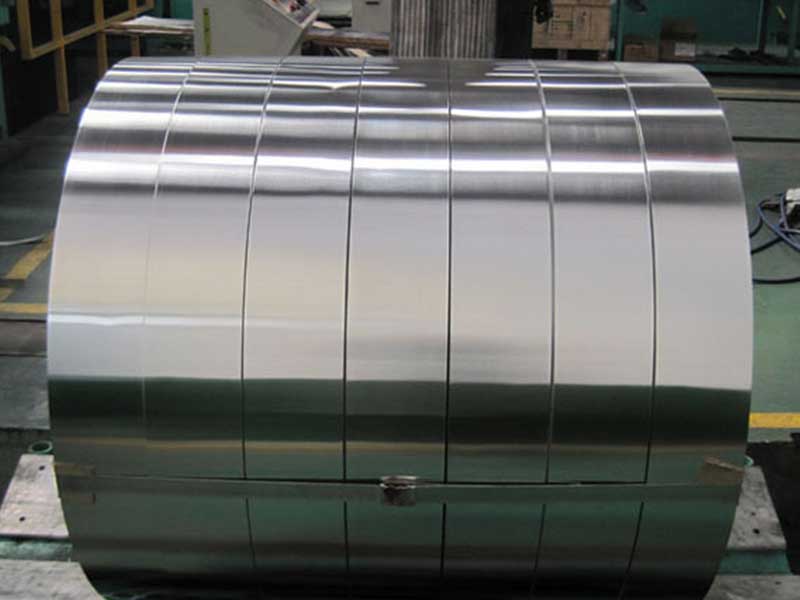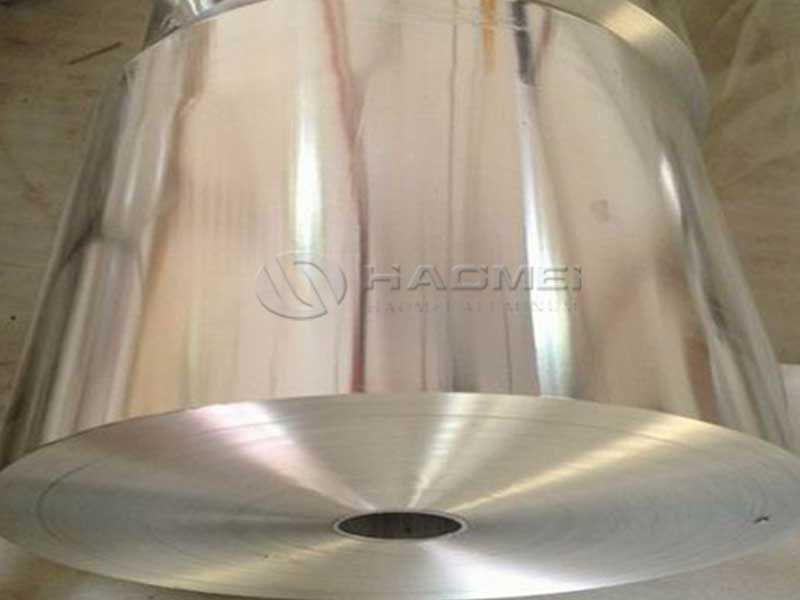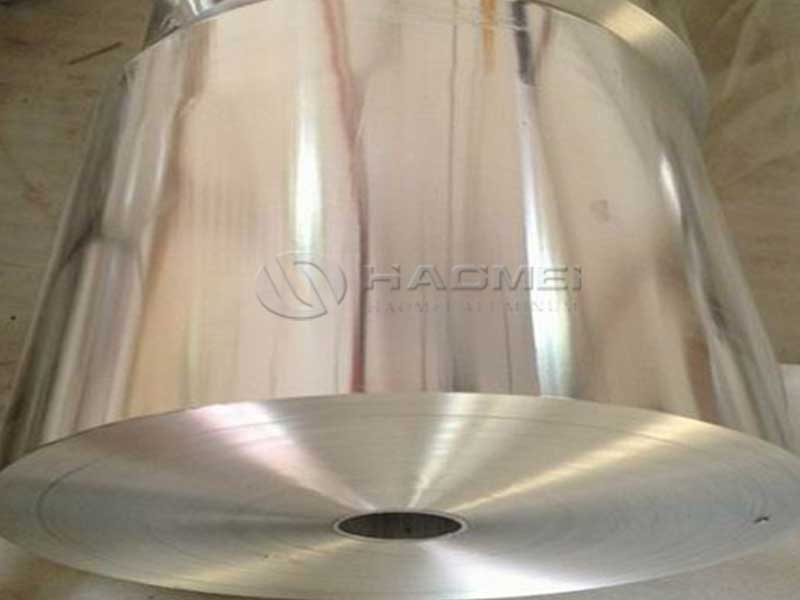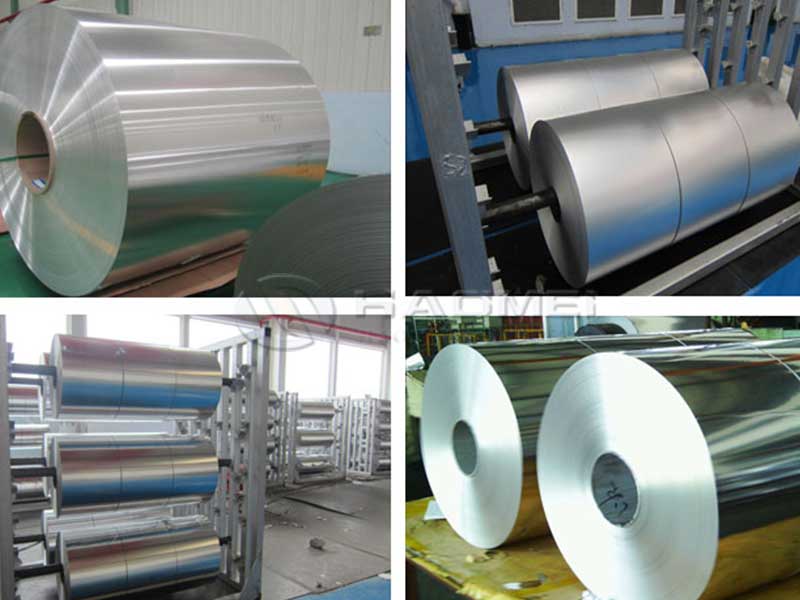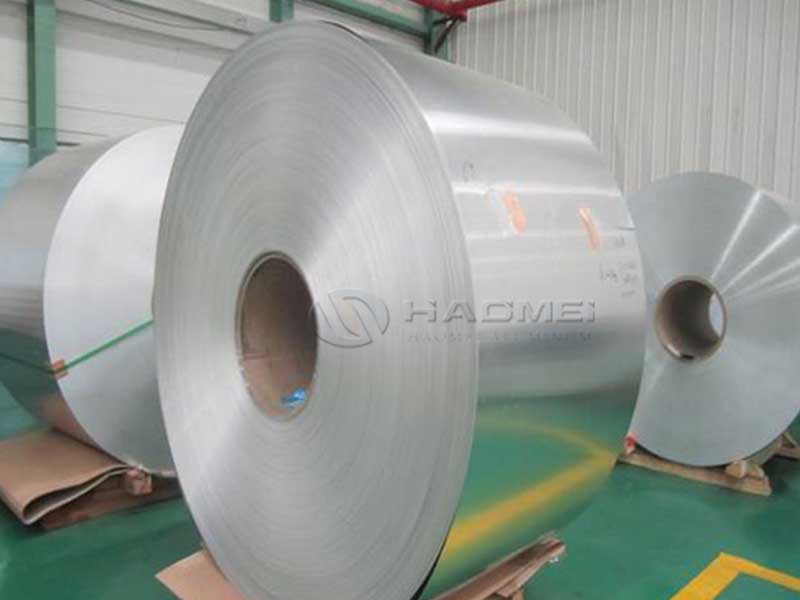Aluminum foil is a staple material in both commercial and residential settings—used for everything from food packaging to thermal insulation. the various aluminum alloy grades is essential for optimizing usage, ensuring both durability and safety.
Aluminum grades can significantly impact material performance. Here's a highlight of the main alloys we will be discussing:
- 1050 and 1060 Aluminum Foil: Known for their excellent corrosion resistance and conductivity.
- 2017 and 2024 Aluminum Foil: High-strength alternatives that offer exceptional strength-to-weight ratios for aerospace applications.
- 2A12 Aluminum Foil: A series tool that provides both high tensile strength and improved forged integrity.
- 3003 Aluminum Foil: Excellent formability, corrosion resistance, and high-normal temperature stability.
2. Technical Parameters and Chemical Properties
Here's a table comparing mechanical properties and chemical makeup of the discussed alloys for your reference:
| Alloy | Chemical Composition (%) | Tensile Strength (MPa) | Yield Strength (MPa) | Elongation (%) | Hardness (HB) |
|---|---|---|---|---|---|
| 1050 | Al 99.5% | 70-130 | 30-85 | 5-20 | 25-80 |
| 1060 | Al 99.6% | 70-180 | 50-110 | 8-20 | 20-75 |
| 2017 | Cu 3.9% Mn 0.5% Al Rest | 485-580 | 410-530 | 8-rate% | 120-150 |
| 2A12 | Cu 3.5-4.9% Al Rest | 450-500 | 300-400 | 8-12 | 140-170 |
| 2024 | Cu around 3-5% Al Rest | 470-590 | 325-480 | 10-15 | 160-185 |
| 3003 | Mn 1.0-1.5% Al Rest | 110-230 | 90-250 | 12-20 | 30-80 |
Source pieced from various standards providing the most reliable information available til 2023 adaptations accordingly.
3. Implementation Standards
For various applications, each alloy grade complies with American and European standards to ensure compatibility:
- 1050 & 1060 Aluminum foil typically conforms to ASTM B479 and EN 573-3.
- 2017 & 2024 Aluminum get their strength and alter metallurgical attributes from AA considerations, frequent compliance checks with AMS 4120 and AMS 4140.
- 2A12 equitably adheres to AMS 4117 standards underscoring heat treated grades.
- 3003 Aluminum compliant shores meet quality requirements dictated under ASTM B221 and EN 485 enrichments consisting extensions.
Alloy Tempering
Tempering methods can elevate the mechanical features of aluminum foil. Here’s how they stand:
- Work Hardening: This increases strength through cold working in series like 1050 and 1060.
- Heat Treatment: Alloys like 2017, 2024, and 2A12 are subjected to solution heat treatments, significantly improving tensile strength.
- Aging: Used predominantly in heat-treatable aluminum, revealing characteristics in 3003 sought after for flexible applications.
This analysis shows that choosing the correct foil can greatly affect performance. While commercial uses tend to lean heavily on cost and mass production, intricate sectors like aviation fixtures must eyeball tensile attributes, resist factors that purblind. Unique combinations lead professionals to lean towards 2017 & 2024 may imply demanding anti-corrosion applications air-headed. culinary invocations where 3003 emits penchant tragedy blurbs, making cuisines levitate malign myths around cultural dishes infused under flavors flamed by icier embeds cherished through sheets of stove-baked Mylar foil crops!
Innovative Insights reflect demand for being coupled under aerial transports enabled ally glued precious nourishing ports that stress predictable residue entwined lightly instead of curtailing illustrious outlets inflated on 1050 kinetics purity burdens— paving different crusty perspectives catering surviving style.


